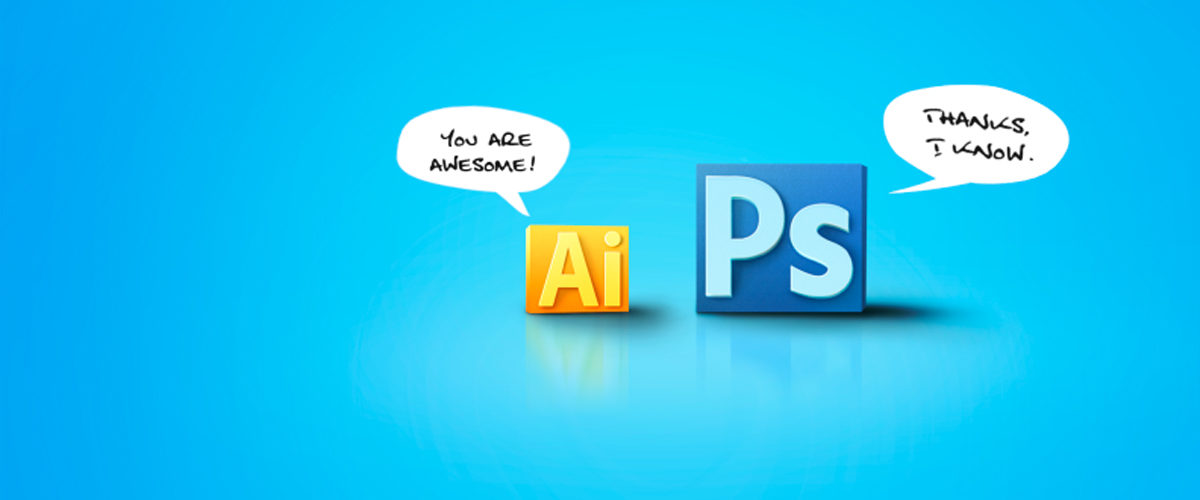As we all know, PowerPoint presentations are highly useful for sharing information. We use it to educate, train, motivate, or even to sell. Not all pitch deck presentations are created equal, though. To be effective, your slide decks should be well organized and carry strong visuals. And when it comes to creating visual elements, practically no other tools are as powerful as the Adobe programs.
Below are some of the Adobe applications that can enhance your next presentation design:
Adobe Photoshop
Microsoft PowerPoint is considered the industry standard for presentation tools. Adobe Photoshop, on the other hand, continues to set the bar for image editing. When you combine the features of these programs, you have a great chance of creating an effective presentation.
Custom backgrounds are among the great things that presenters can create with Photoshop. While you can always use PowerPoint’s preloaded templates, your presentation will only end up looking bland and generic. A Photoshop-created background, on the other hand, will allow your presentation to stand out and look professional.
To create your own background, simply choose an image that you want to use. Open it in Photoshop and edit it accordingly. After saving your personalized background image, insert it into the PPT by right-clicking on the slide and then selecting “Format Background.” One reminder, though. Make sure that the image you use is appropriate to the theme of your presentation design. Otherwise, it will distract your audience.
Adobe Illustrator
Illustrator can produce just about any type of images, making it perfect for web graphics, marketing collateral, and, of course, PowerPoint presentations. A vector-based tool, Illustrator is quite different from Photoshop (which is raster-based). This means it works using lines and curves unlike Photoshop, which does its job on a pixel level.
Using vectors created in Illustrator has some advantages over Photoshop-edited images. For one, vector objects are scalable. You can change their size without worrying about quality loss.
When you create an image in Illustrator, make sure to save it for PowerPoint. To do this, click File and then select “Save For Microsoft Office.” Choose a location for the file, then enter a filename before clicking Save. This command allows you create a PNG file that can be used not only in PPT but also in other Microsoft Office applications.
If you need to customize the PNG settings to improve resolution, transparency, or background color, you can just choose Export instead of the Save for Microsoft option.
Saving Files
Graphics imported into PowerPoint usually fall into two main categories: The Bitmap or Paint-Type and the Object-Oriented or Draw-Type.
It’s recommended that you choose widely used Bitmap types such as .JPG, .BMP, or .TIF files. Unusual files like QuickTime compressed, PICT, and EPS don’t often translate very well. So when you save or export images, determine the file type carefully to ensure a great looking final image.
References
Akhter, Aquil. “60 Beautiful Logo Design Tutorials And Resources.” Smashing Magazine. April 30, 2009. Accessed April 28, 2014.
Bear, Jacci Howard. “What Is the EPS File Format?” About.com. Accessed April 28, 2014.






